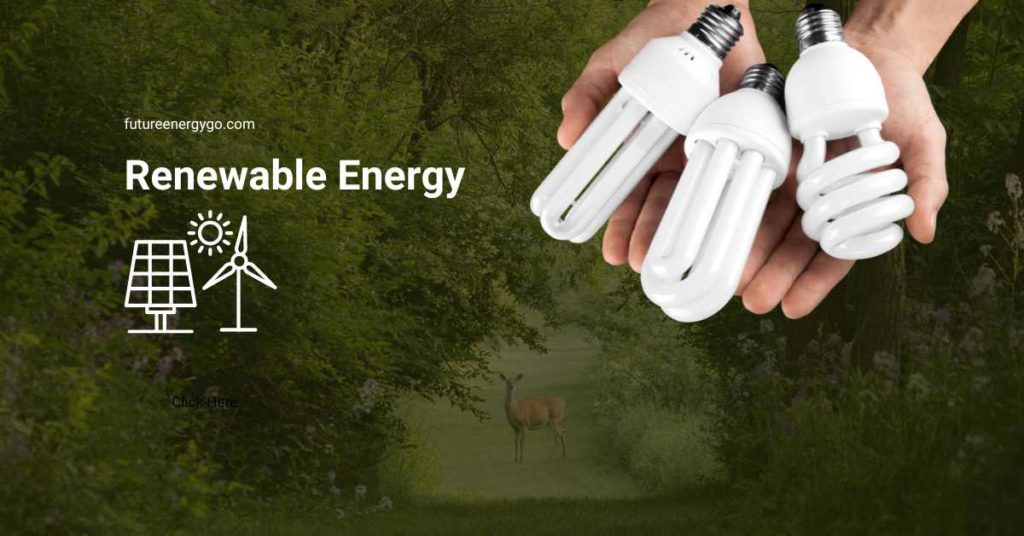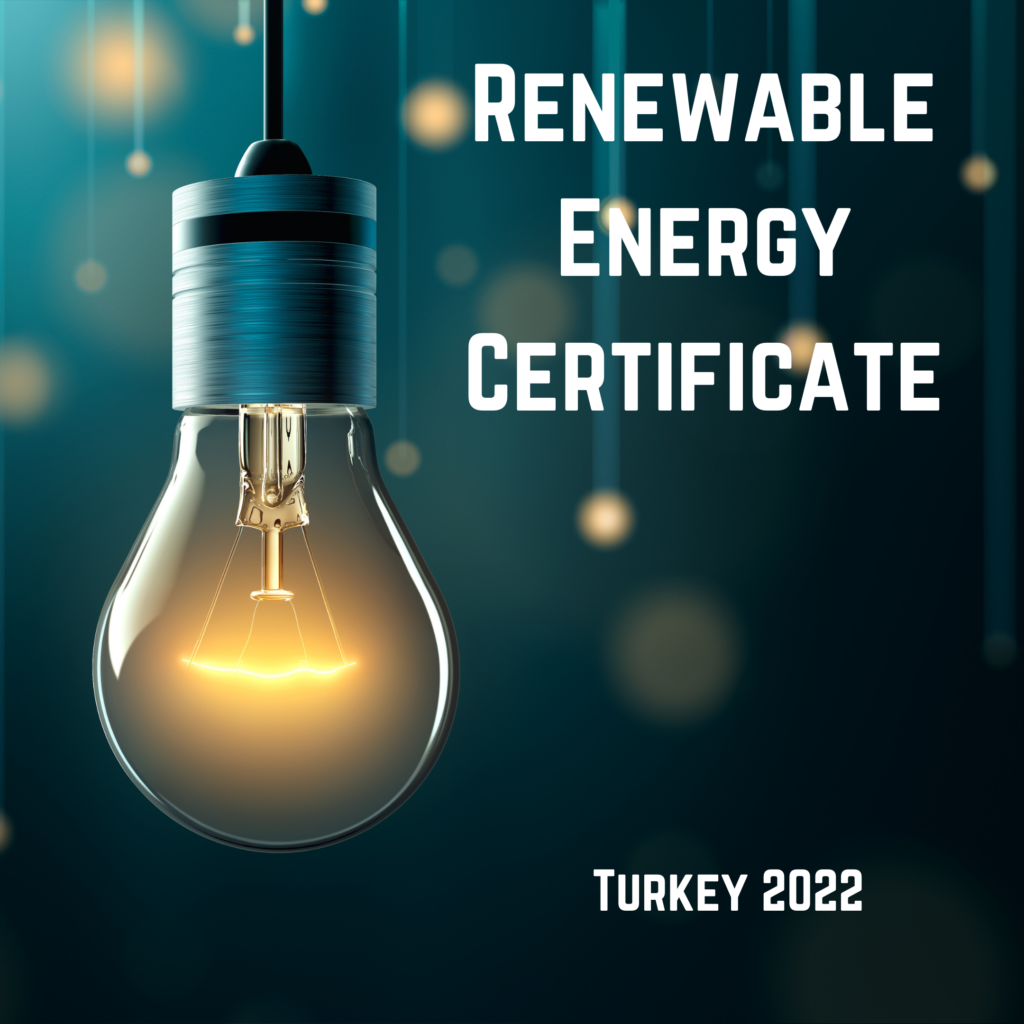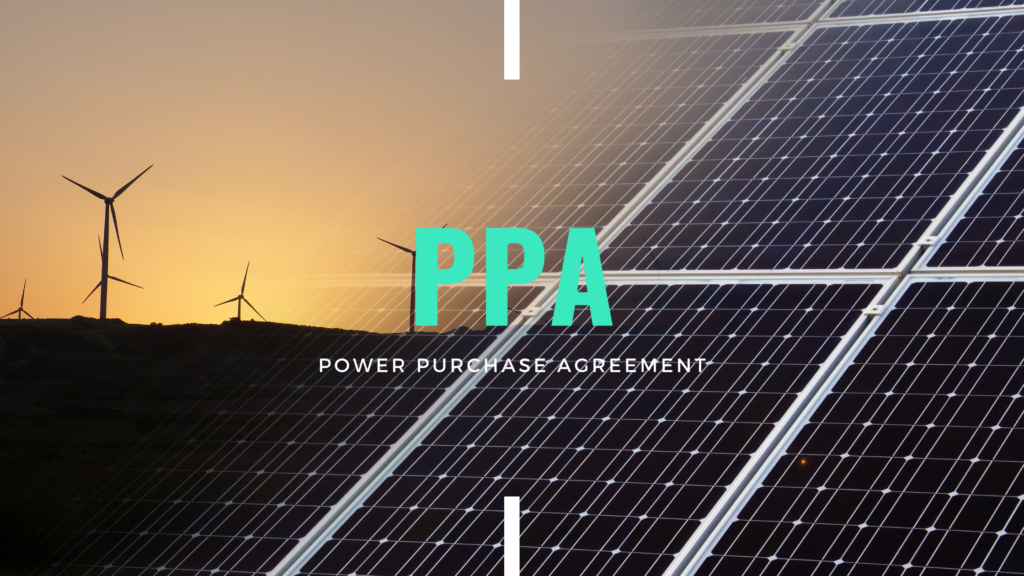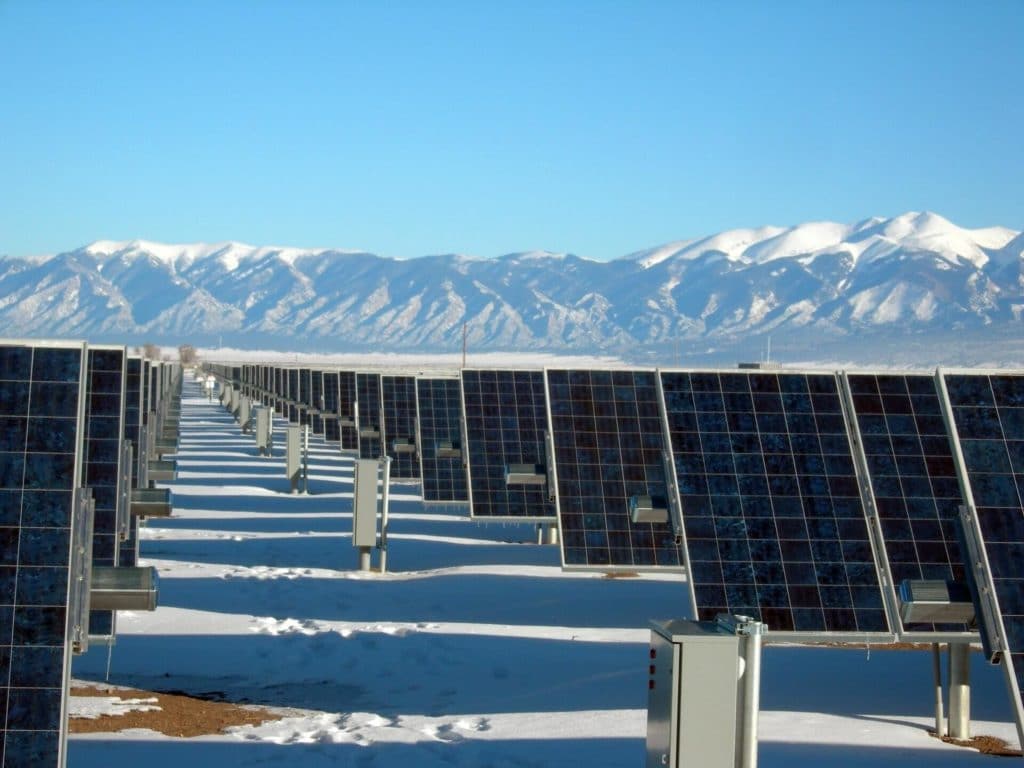Table of Contents
What is renewable energy?
Renewable energy refers to energy sources that are replenished naturally, such as solar, wind, hydro, geothermal, and bioenergy. These sources are sustainable because they do not deplete, unlike fossil fuels, and don’t pollute the climate. The use of fossil fuels releases greenhouse gases, such as carbon dioxide, into the atmosphere, leading to global warming and other negative effects on the environment.
Renewable energy, on the other hand, does not produce greenhouse gas emissions, making it a much cleaner and more environmentally friendly option.
Another advantage of renewable energy is that it can be generated locally, reducing the need for long-distance transportation and distribution of fossil fuels. This not only reduces the cost of energy but also increases energy security, as it reduces the dependence on foreign sources of energy.
Renewable energy can also create jobs and stimulate economic growth. As the demand for renewable energy increases, more jobs will be created in the design, construction, and maintenance of renewable energy projects.
However, renewable energy is not without its challenges. One of the main challenges is the cost of renewable energy. While the cost of renewable energy has been decreasing in recent years, it is still more expensive than fossil fuels in many cases.
As per the International Energy Agency (IEA) report, the global average levelized cost of electricity (LCOE) for onshore wind energy fell by 30% between 2015 and 2020, and for offshore wind energy fell by 35% over the same period. In 2020, the average global LCOE for onshore wind was $56 per MWh, and for offshore wind was $112 per MWh. However, these numbers can vary widely depending on the location, wind resource, and other factors. For example, the LCOE for onshore wind in the United States was $40/MWh in 2020, while in Germany it was $70/MWh.
The global average levelized cost of electricity (LCOE) for utility-scale solar PV fell by 73% between 2010 and 2020. In 2020, the average global LCOE for utility-scale solar PV was $49 per MWh. The LCOE for solar PV in the United States was $40/MWh in 2020, while in Germany it was $60/MWh.
Another challenge with renewable energy is that it is not always consistent. For example, solar energy is only available during the day and wind energy depends on the wind patterns. This can make it difficult to provide a consistent and reliable source of energy. However, advances in technology and new solutions, such as energy storage are helping to overcome this challenge.
In conclusion, renewable energy is a promising option for meeting our energy needs in a sustainable and environmentally friendly way. It has many advantages, such as reducing dependence on fossil fuels, creating jobs, and stimulating economic growth.
What are the different types of renewable energy?
Renewable energy technologies refer to the various methods and systems used to generate energy from natural, replenishable resources. Some of the most commonly used renewable energy technologies include:
- Solar Energy: This technology uses the energy from the sun to generate electricity through photovoltaic cells or to heat water and air through solar thermal systems.
- Wind Energy: This technology generates electricity through the use of wind turbines, which convert the kinetic energy of the wind into electrical energy.
- Hydroelectric Energy: This technology generates electricity through the use of water turbines, which convert the kinetic energy of falling water into electrical energy.
- Geothermal Energy: This technology generates electricity through the use of heat from the earth’s interior, typically through geothermal wells.
- Bioenergy: This technology generates energy from organic matter, such as biomass, through processes such as burning or fermentation.
- Tidal Energy: This technology generates electricity by harnessing the kinetic energy of the tides.
All of these technologies have different advantages and limitations and are suitable for different locations and situations. For example, solar energy is well-suited for sunny and warm climates, while hydroelectric energy is best for areas with high water flow.
It’s also worth noting that many renewable energy systems can be combined to provide a more consistent and reliable source of energy. For example, a wind farm and a solar power plant can be combined to provide energy when the wind isn’t blowing or the sun isn’t shining. By combining several sources together, we can achieve a so-called baseload power.
Baseload energy refers to the minimum amount of energy that must be continuously available to meet the demand of customers. It is typically provided by power plants that can generate electricity around the clock, such as coal, natural gas, nuclear, and hydroelectric power plants. Baseload power plants are designed to run continuously, and they are not easily turned off and on. The energy generated by these power plants is usually constant and predictable, making it easy to plan and manage the power grid. This is why Baseload energy is considered as the foundation of the power grid.
However, new developments in energy storage technology have been made to improve the consistency and reliability of renewable energy. Battery storage systems have become more efficient, affordable and can store energy during periods of low energy production and release it during high demand.
Why should a corporate switch to renewable energy?
There are several reasons why a company should switch to renewable energy:
- Environmental benefits: Renewable energy reduces greenhouse gas emissions and other pollutants, making it a more environmentally friendly option than fossil fuels. This can help a company to improve its reputation and attract customers who are concerned about environmental issues.
- Cost savings: The cost of renewable energy has been decreasing in recent years and is becoming more competitive with fossil fuels. Additionally, renewable energy can provide a hedge against fossil fuel price volatility.
- Energy security: Renewable energy can be generated locally, reducing dependence on foreign sources of energy and increasing energy security.
- Job creation: The transition to renewable energy can create jobs in the design, construction, and maintenance of renewable energy projects.
- Compliance with regulations: As more countries are implementing regulations to reduce greenhouse gas emissions and promote renewable energy, switching to renewable energy can help a company to comply with these regulations and avoid penalties.
- Branding and marketing: Switching to renewable energy can enhance a company’s brand and reputation, attracting environmentally conscious customers and employees.
- Future-proofing: Renewable energy sources are sustainable and non-depletable, and as such, they can provide a more secure energy supply in the long term.
It’s worth noting that while switching to renewable energy may require significant initial investments, the long-term benefits can outweigh the costs. Additionally, many companies are also finding that renewable energy can help to reduce operational costs, improve energy efficiency and increase resilience to power outages. Additionally, it can help to reduce the company’s environmental impact and improve its reputation.
How can a corporate switch to 100% renewable energy?
A corporation can achieve 100% renewable energy by implementing a number of strategies, including:
- On-site generation: Installing renewable energy systems, such as solar panels or wind turbines, on their own property to generate their own electricity.
- Power purchase agreements (PPAs): Signing agreements to purchase renewable energy from a third-party provider, such as a wind or solar farm.
- Energy efficiency: Implementing energy-efficient measures, such as LED lighting or building retrofits, to reduce energy consumption and decrease the amount of renewable energy needed.
- Offsetting: Investing in carbon offset projects, such as reforestation or renewable energy projects, to offset any remaining emissions from their energy use.
- Carbon Credits: Investing in carbon credits to offset any remaining emissions from their energy use.
- Supporting Renewable Energy Policies: Supporting governmental policies that promote the development and use of renewable energy.
It’s worth noting that achieving 100% renewable energy can be a complex and challenging process, and it may take some time for a corporation to fully transition to renewable energy. Some solutions may have longer lead times to the market than others. However, with the right planning and execution, it is possible for a corporation to achieve 100% renewable energy.
What are the most affordable sources of renewable energy?
The most affordable renewable energy sources are those that have the lowest levelized cost of energy (LCOE). LCOE is a measure of the overall cost of generating electricity from a particular source, taking into account factors such as capital costs, operating costs, and fuel costs.
Currently, the most affordable renewable energy sources are:
- Hydroelectric: Hydroelectric power is generated by harnessing the kinetic energy of falling water. It is considered one of the most affordable renewable energy sources, with a low LCOE.
- Onshore Wind: Onshore wind energy has become one of the most affordable renewable energy sources in recent years, with the LCOE of onshore wind energy continuing to decrease.
- Solar PV: The cost of solar PV has decreased significantly in recent years, making it more affordable and competitive with traditional energy sources.
- Biomass: Biomass is considered one of the most affordable renewable energy sources, as it can be generated from a wide range of organic materials, such as wood, agricultural waste, and sewage.
It’s worth noting that Wind and Solar renewable energy are most commonly used in corporate power purchase agreements (PPAs).
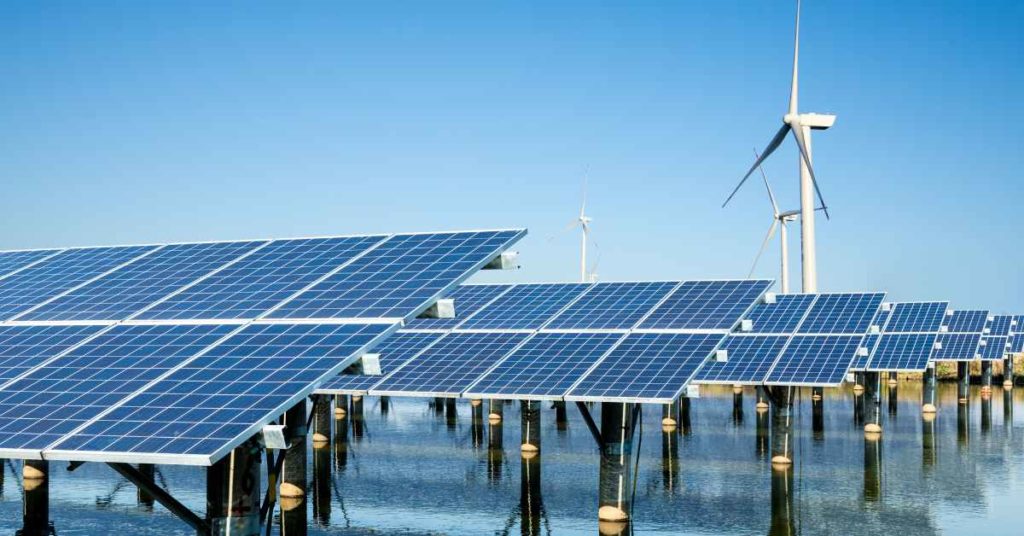
Pros and Cons of Wind vs Solar Energy?
Wind and Solar power have some distinct differences in terms of their advantages and limitations.
Advantages of wind power:
- High energy density: Wind turbines can generate a large amount of electricity from a relatively small area, making it a more space-efficient option than solar power.
- Consistency: Wind energy is more consistent than solar energy, as wind patterns are more predictable and tend to be more stable over time.
- Cost: The cost of wind energy has been decreasing in recent years and has become more competitive with fossil fuels.
- Can be used in combination with other renewable energy sources: Wind power can be combined with other renewable energy sources to provide a more consistent and reliable source of energy.
Advantages of solar power:
- Widely available: Solar energy is available in most parts of the world and can be easily integrated into a wide range of applications.
- Low maintenance: Solar panels require little maintenance, making them a cost-effective option over time.
- Can be used in remote areas: Solar power can be used in remote areas where it would be difficult to transmit electricity from a centralized power source.
- Variety of solar technologies available: There are a variety of solar technologies available, such as photovoltaic cells and solar thermal systems, which can be used for different applications.
It’s worth noting that both wind power and solar power are dependent on weather conditions, wind power on wind and solar on sun, but in general, wind power is less weather dependent than solar power.
However, advances in energy storage technology have made it possible to store energy during periods of low energy production and release it during high demand, making both wind and solar energy more reliable. Combining both wind and solar power can also provide a more consistent and reliable source of energy.
Cons of wind energy:
- Weather dependent: Wind power relies on the availability of wind, which can be affected by weather patterns and seasons.
- Noise pollution: Wind turbines can generate noise that may be disruptive to people living nearby.
- Impact on wildlife: Wind turbines can be harmful to birds and bats, causing injury or death.
- Initial cost of setting up wind turbines is high.
Cons of solar energy:
- Weather dependent: Solar power relies on the availability of sunlight, which can be affected by weather patterns and seasons.
- High initial cost: The initial cost of installing solar panels can be high.
- Limited energy storage: Energy storage technology for solar energy is still developing, making it difficult to store energy for use during periods of low sunlight.
- Limited energy production during night time.
If you wish to learn more about renewable energy sourcing, please visit the blog here and join the renewable energy market research community. To learn more about Power Purchase Agreement (PPA) & PPA Price Types Available in the Market, please check the next article.
Curious to learn more about PPAs? Our guide offers a concise roadmap to navigate Power Purchase Agreements (PPAs). Learn more here.
What is renewable energy?
Renewable energy refers to energy sources that are replenished naturally, such as solar, wind, hydro, geothermal, and bioenergy.
What are the different types of renewable energy?
Solar Energy, Wind Energy, Hydroelectric Energy, Geothermal Energy, Bioenergy and Tidal Energy.
Why should a corporation switch to renewable energy?
Environmental benefits, Cost savings, Energy security, Compliance with regulations, Branding and Marketing.
How can a corporate switch to 100% renewable energy?
On-site generation, Power purchase agreements (PPAs), Energy Efficiency, Carbon Offset Projects, Carbon Credits, and Supporting Renewable Energy Policies.
What are the most affordable sources of renewable energy?
Hydroelectric, Onshore Wind, Solar PV and Biomass Energy.


